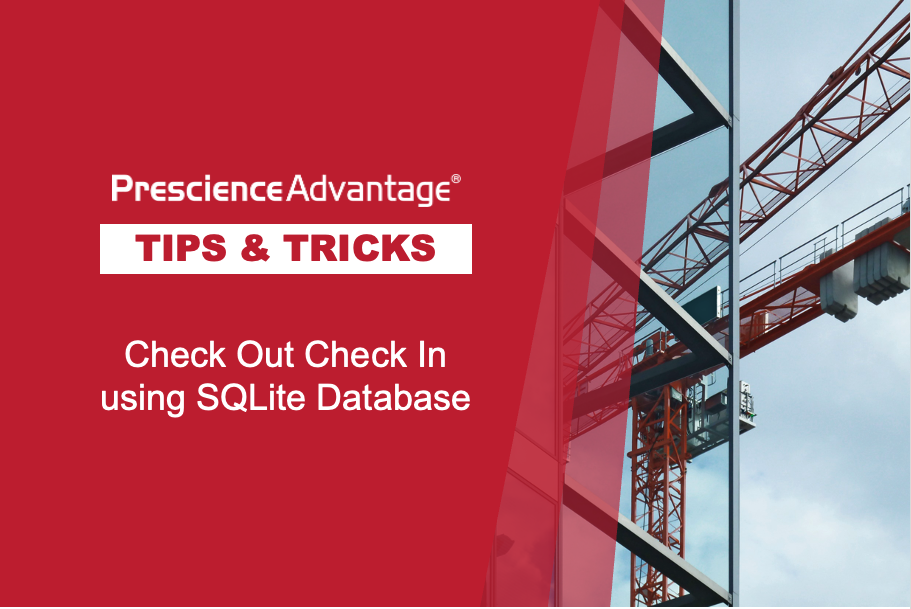Last month we explained how Primavera Unifier uses business processes to drive transactions and collaboration. In this edition of Tips and Tricks, we will explain how to further develop business processes by using workflows.
Just as we discussed last month, some business processes have a single purpose of storing data, also known as non-workflow business processes. This is completed by entering and storing information in Primavera Unifier using electronic business (BP) forms which are created in uDesigner. By including workflows, logic is applied to business processes which governs the need for tasks that are associated with specific projects, shells or company levels.
In this edition of PrescienceAdvantage Tips and Tricks, we will demonstrate how to create simple Business Processes with Workflow Using Primavera uDesigner. The examples shown below are of Primavera Unifier Version 17.4.
Before You Start…
Important Pre-requisites:
To use uDesigner, it is recommended that the user has:
- A strong understanding of the business process
- Complete understanding of all step properties and actions required for the desired workflow.
Tip: Before a Business Process is created, ensure that all actions and view forms are created prior to designing the workflow.
Creating a Business Process
1. Login to Unifier and Navigate to Company Workspace > Admin Mode > Udesigner > Business processes
2. Go to File > New > Simple.
3. Define the details according to your requirements.

4. Define the Statuses for the business process
5. Create the Upper Form. For workflow type business processes, we would require at least one Action Form and one View Form. An Action Form is used for entering required information and a View form is a Read Only form.
6. Open the created Action Form.

7. By default, the created form will be as shown below. Define the Tab Name, in this example it is Simple Process.

Tip: When designing the workflow, be mindful that every action creates a potential email notification. Aim to design the workflow with the least number of steps for success.
8. Create the Block. A Block is an area where the group of fields can be added. In this example, the total number of columns and rows is six. This means you can add a total of six data fields within this block.

Tip: The maximum number of columns you can have is four in one block. The maximum number of rows you can have is 20 in one block.
9. Add the data fields into the block. Click on Custom
a) A new window will open, containing the list of data fields which exist in Unifier. On the Upper Form window, select the Cell. This is where you want to add the data field. It should be highlighted in Blue.
b) Search for the field in which you would like to add in the block. In our case it is Record No. Click the Select button.
Repeat the Process to include other fields required for the workflow design. Save the form and close the window.


10. Create the View Form. The Upper Forms should appear as below.
11. Create the Workflow. Go to Workflows > Manual.


Tip: The easiest way to create a View Form is to copy an Action Form, then as required, update the View Form.




